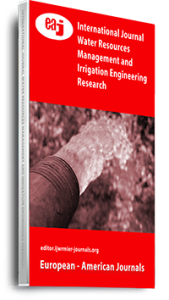This paper aims to establish a practical conflict resolution mechanism and applies it to solve the strategic long-term dispute for Jordan River Basin. The paper starts with a brief history of the Jordan River Basin dispute. The paper then presents a game theoretic approach based on the Graph Model technique for conflict resolution, to investigate the Jordan River Basin dispute, considering the complex socio-political aspects involved. The proposed g model of this paper first defines the courses of actions available to all the involved stakeholders along with their preferences among them. Accordingly, the model applies stability and sensitivity analyses to propose an optimum resolution to the conflict and to examine the sensitivity of such resolution to the uncertainty in stakeholders’ preferences. In this study, three scenarios were investigated with different coalition possibilities among different countries, as follow: (i) Syria, Lebanon, Israel, and Jordan; (ii) Lebanon, Jordan, Israel, and Palestine; and (iii) Jordan, Israel, and Palestine. The results of the model suggest that the best resolution for all parties is through combined water and peace treaties. The results also indicate that a peace treaty between Israel and Palestine is the best resolution to the conflicts. The application of the Graph model in this paper shows its practicality and ability to provide each decision maker with a simulation environment to examine the moves and countermoves which considered during the negotiation among the different parties.
Keywords: Conflict Resolution, Decision Support System, Graph Model, Jordan River Basin., Multiple Criteria Decision Analysis, Water Disputes

